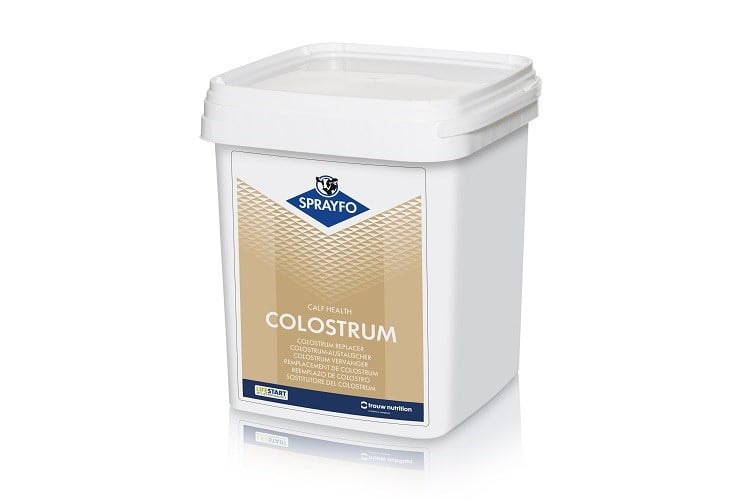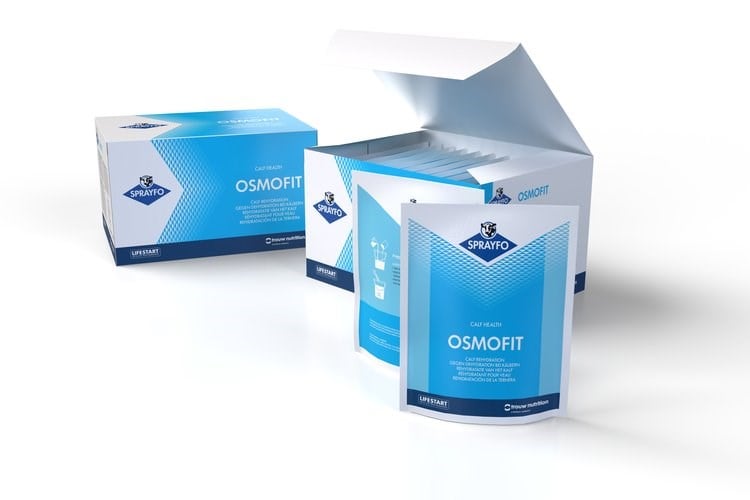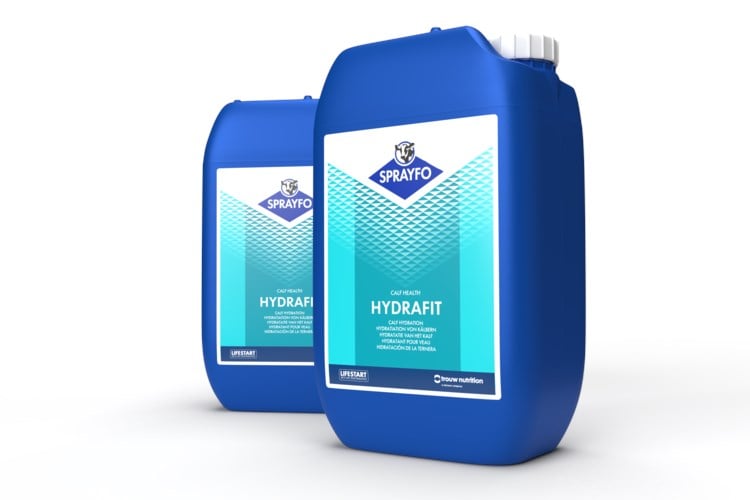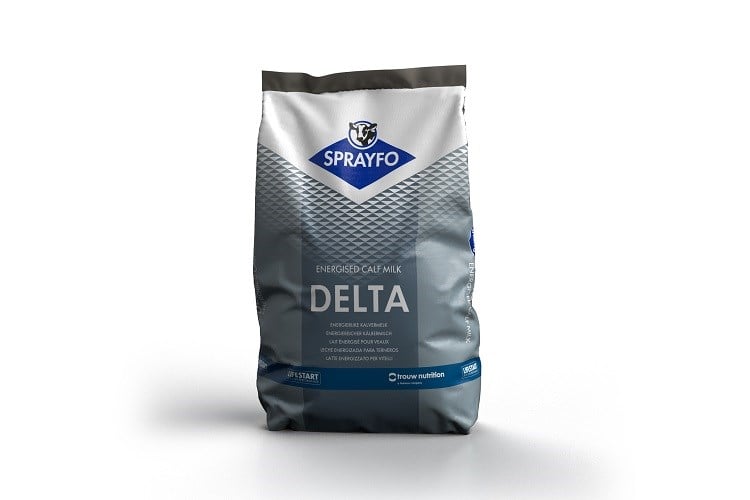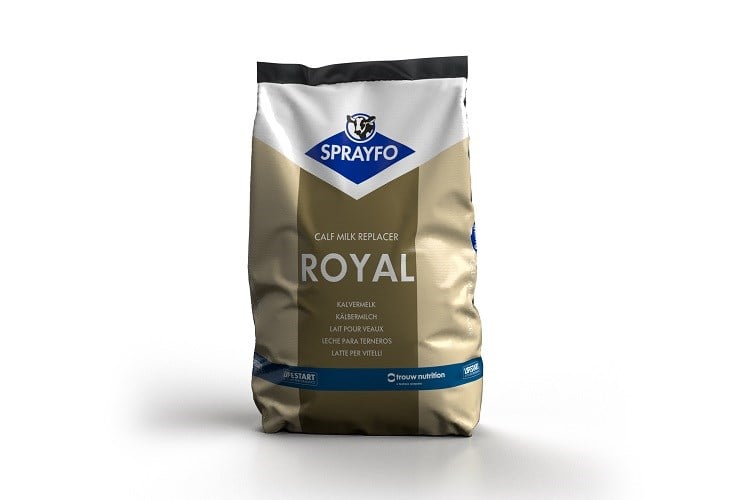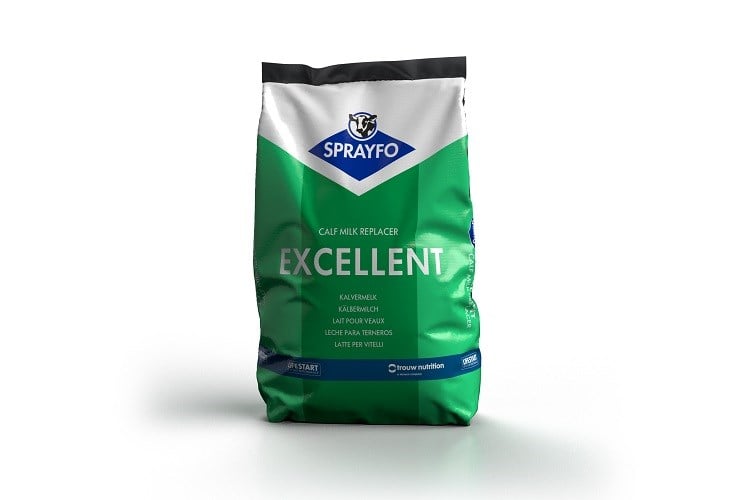The differentiation of aforementioned types of dehydration becomes even more important when you consider the difference between calves and older animals. When the calf matures, the ratio of water stored as extracellular fluid (blood, interstitial fluids) and intracellular water (all fluids inside cells) changes. Calves have a much larger extra-cellular fluid pool.
Extracellular fluids are being less protected are lost much quicker compared to intracellular fluids. To replenish the extracellular fluid pool, water and sodium are needed – preferably a combination of both. For the intracellular fluid pool, rehydration requires mainly potassium, not sodium. Depending on the cause of dehydration, it is either the extra-cellular or the intra-cellular fluid pool in which water is lost. Therefore specific causes of dehydration result in a need for specific electrolytes.
Adding to that: adult cows also have a large reservoir of water in the form of their rumen, whereas calves do not. In other words, a young calf suffering from calf scours requires a more rapid intervention, compared to an older animal dehydrted as a result of transport. If we understand these differences, we can support any dehydrated animal much better!






